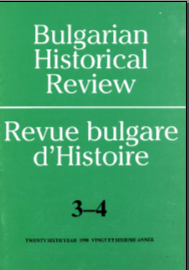
We kindly inform you that, as long as the subject affiliation of our 300.000+ articles is in progress, you might get unsufficient or no results on your third level or second level search. In this case, please broaden your search criteria.

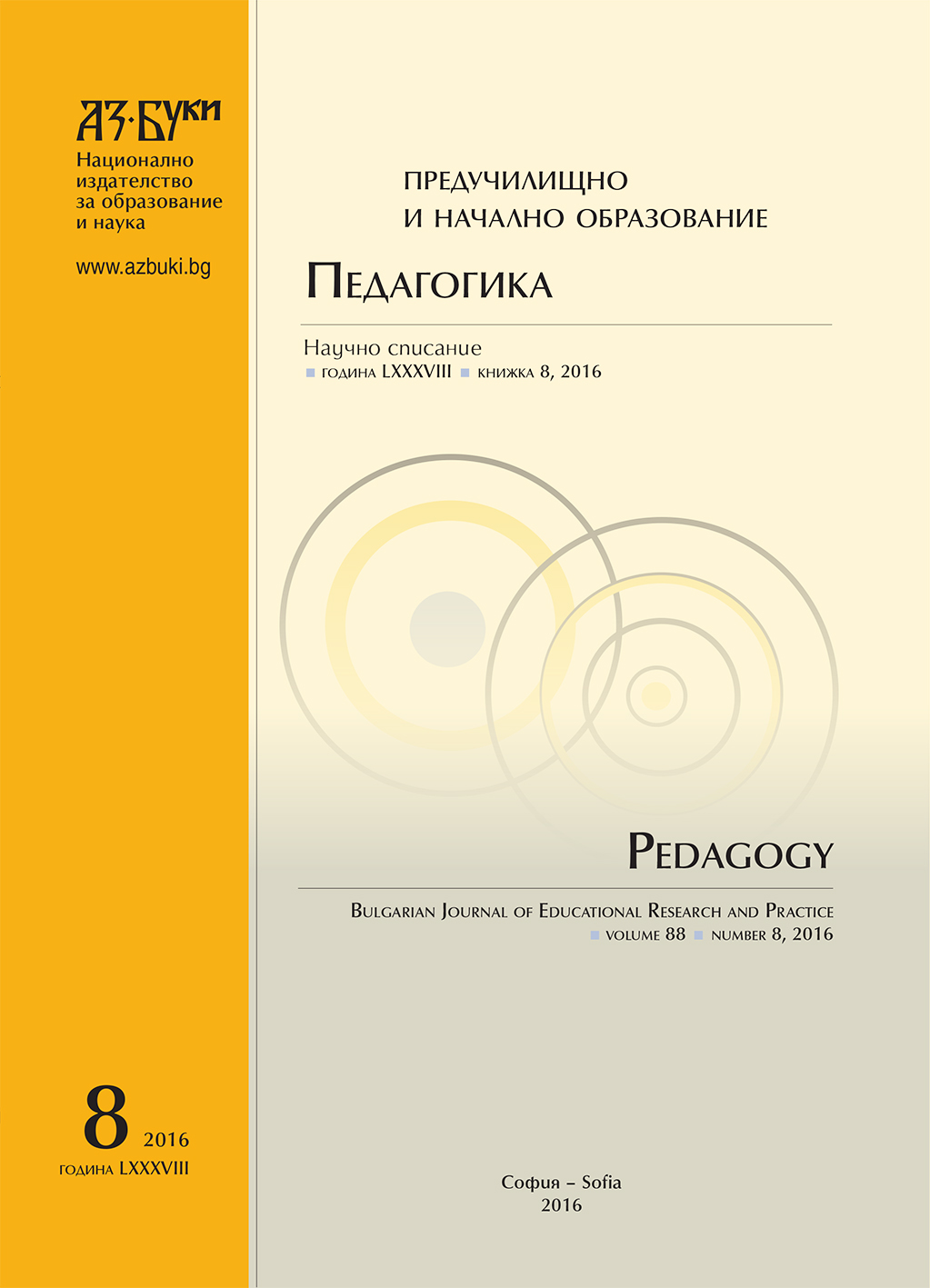
During the Renaissance in Italy, on the one hand, the physicians recognize the need for a practical study of human anatomy for the needs of medicine, and on the other hand, in the artists and sculptors arises the need to master the realistic portrayal of man. One of the means of achieving this objective is the knowledge of science anatomy, in particular – of the musculoskeletal system of man. The article deals with cooperation between artists and anatomists in this era, led to a number of discoveries in the anatomical illustration for scientific and didactic purposes of the muscular and skeletal systems and the emergence of a new model for anatomical illustration, called “Ecorche.” Outlined are the contributions of Leonardo da Vinci for anatomical visualization and prerequisites, which he created with his research in the field of anatomy, the emergence of a new model. It is noted that for centuries this model strongly influenced the teaching of anatomy, both painters and sculptors, as well as the medics, especially anatomists and surgeons. Presented are the most important authors, writings and illustrations (incl. statues) type “Ecorche” of those times that have affected anatomical editions over the next centuries. There is analyzed and commented upon the style of anatomical illustrations with figures “Ecorche” of the emblematic artists of the Renaissance and educational objectives that are placed through them.
More...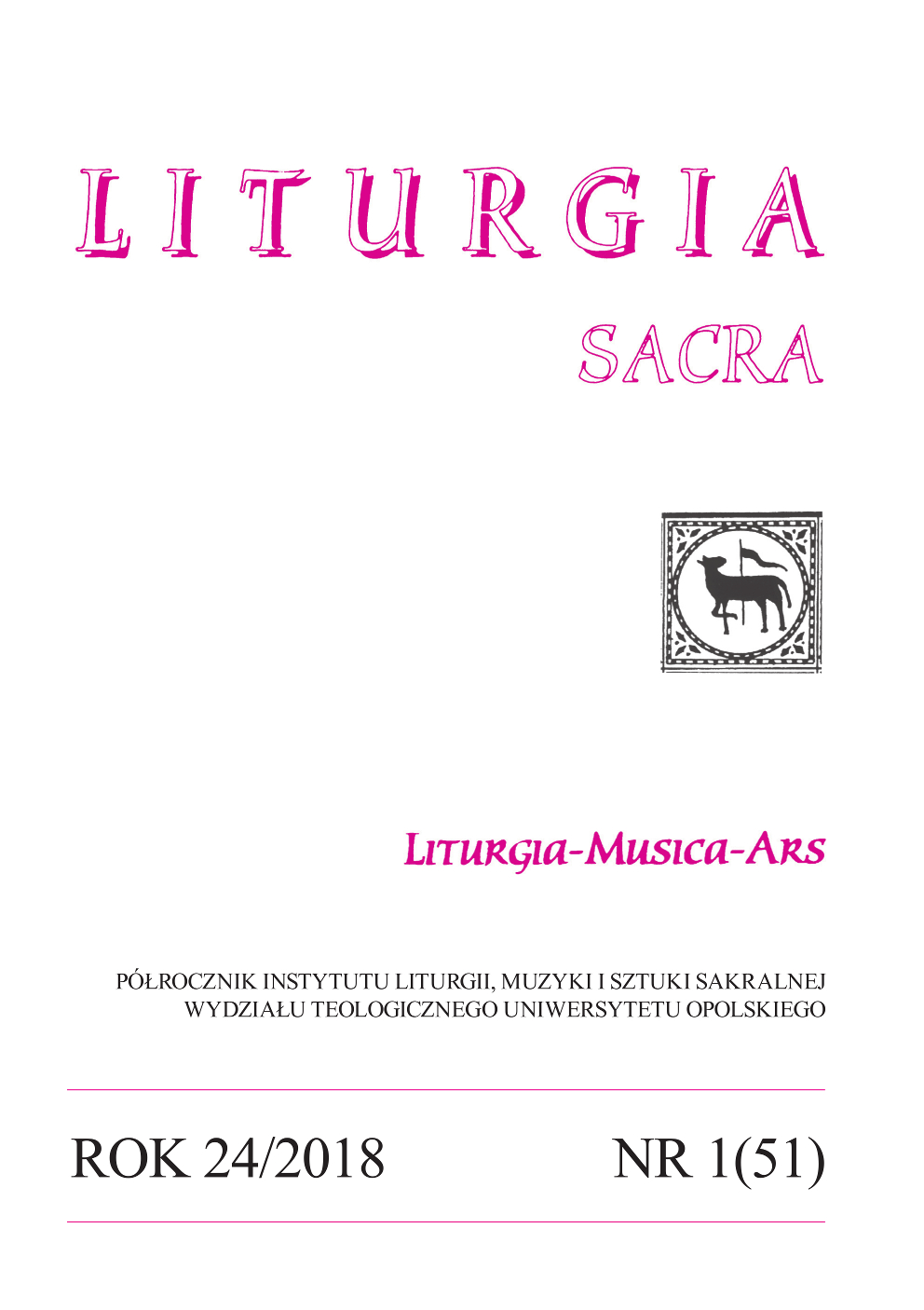
The term pallium derives from Latin and signifies “coat”. It is a strip made of white wool, worn on shoulders, used as an element of a liturgical attire of a Metropolitan Archbishop. The pallium is decorated with six Greek crosses, three pins and silk black trimmings. Its meaning is to emphasize the liturgical function and power of a Metropolitan Archbishop and his unity with the Holy See. The liturgical rite for imposing the pallium in the history had many modifications, and the present form was approved by Pope Francis in 2015. The rite itself underlines the pastoral responsibility of the Shepard towards his flock. It is a visible sign of unity, of the communion with Holy See and it is also a call for evangelical fortitude.
More...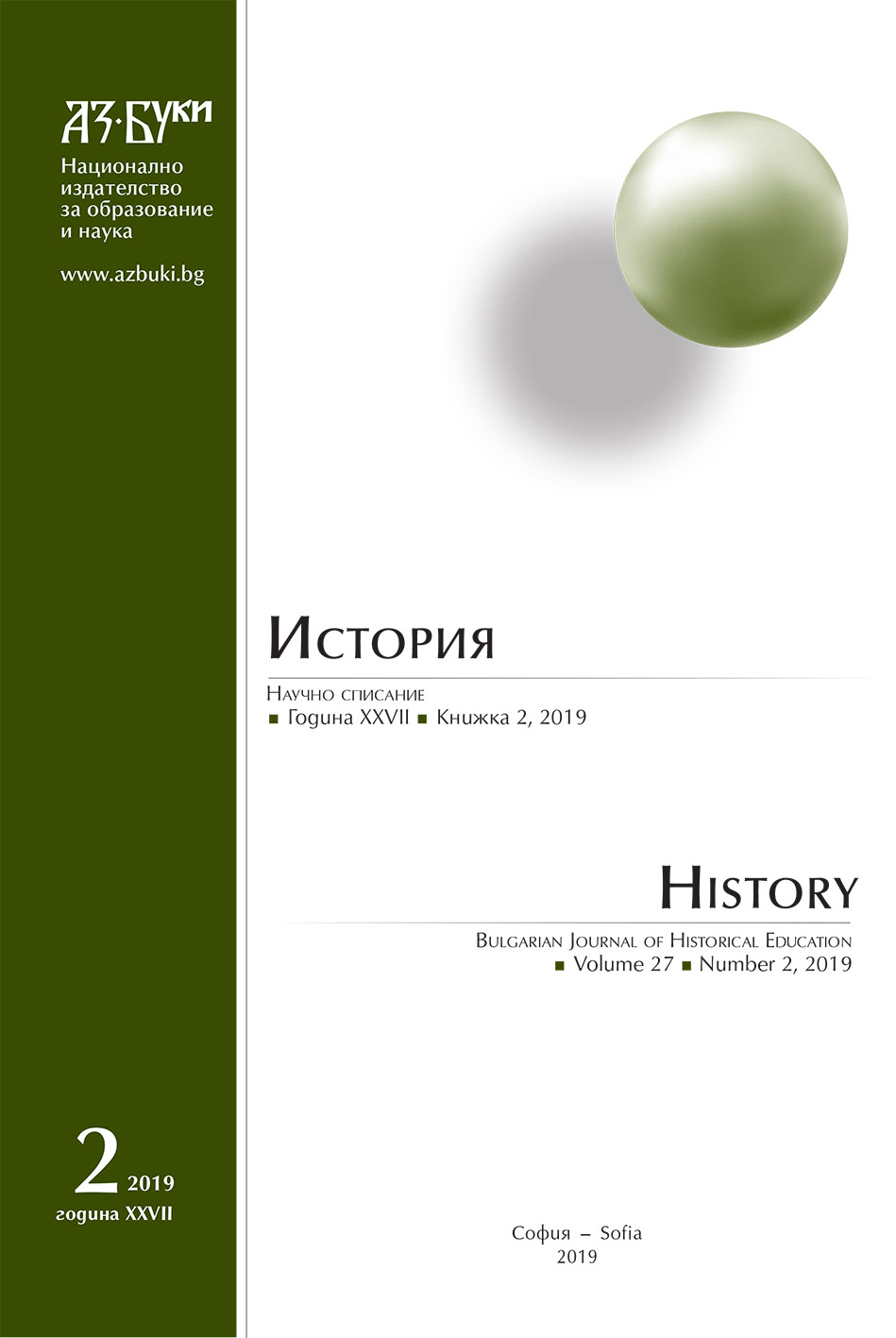
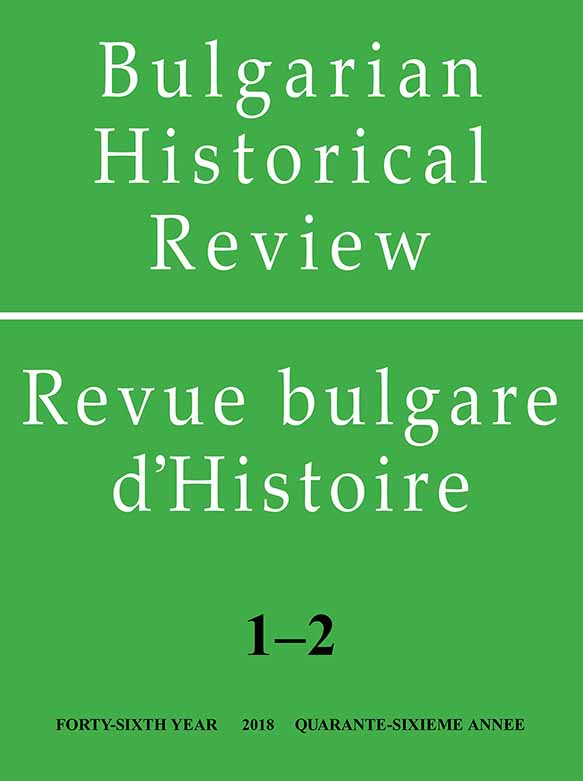
Today, Bulgaria is both a political and a cultural member of Europe, while Korea forms a common areal with its neighbours, China and Japan. Throughout the centuries, however, both countries, located geographically on the road of intensive commercial and cultural exchange, experienced the impact of nomad peoples, like the Mongols and the Turks. This is why today we can find many similar elements in the culture of Korea and that of Bulgaria, which are the result of the centuries-long thread connecting Koreans, Mongols, Turks and Bulgarians. One of these elements worthy of academic research is the deified Heaven known as tengri, which most probably lies at the core of the names Tangra in Bulgaria and Tangun in Korea. The Korean Tangun is only mentioned once in the work of the Buddhist monk Iryeon from the 13th century as a celestial son, founder of the first Korean kingdom – Ancient Joseon. The name Tangra was deciphered by some scholars in Bulgaria from a Turkish manuscript which did not survive to this day and a somewhat illegible writing on a stone pillar. Throughout the centuries, there have been no traces in either country of people worshipping Tangun or Tangra. There is no historical, archaeological or ritual evidence supporting the existence of a religious cult of the two deities. However, in modern times, in both Korea and Bulgaria, Tangun and Tangra have been brought to public attention as the symbols of an ancient proto-Korean and proto-Bulgarian religion, respectively. For patriotic reasons, the two peoples have brought Tangun and Tangra to the foreground in opposition to the official religion. The aim is to derive a monotheistic religion from one main proto-deity to equate (and why not to precede) the official religions (Christianity in Bulgaria, and Confucianism and Buddhism in Korea). This study investigates the construction of the image of Tangun as a supreme national symbol in Korea and draws a parallel with Bulgarian Tangrism. It focuses on the transformation of the image of Tangun in Korea from a deified mythological hero into a historical figure, through a large-scale, well-coordinated and well-funded state policy. While the cult of Tangra in Bulgaria is a source of national pride for some Bulgarians, it has not received the strong state support the cult of Tangun in Korea has.
More...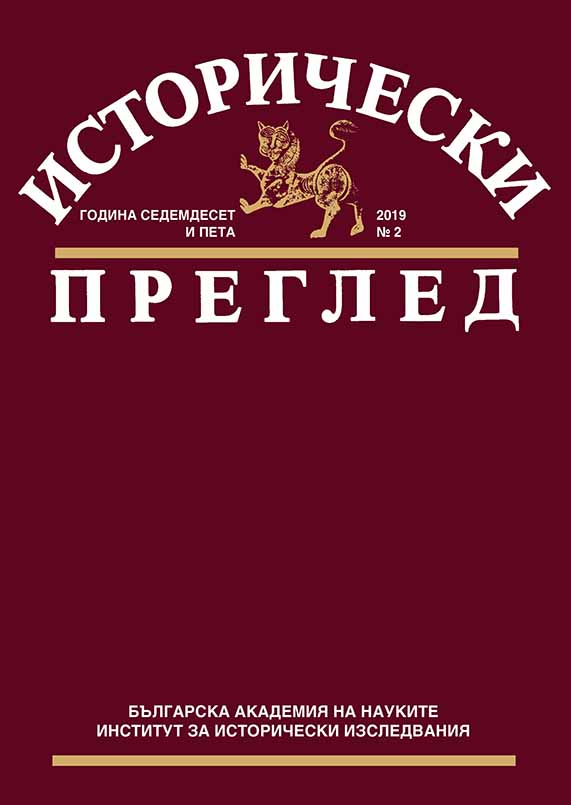
The Russian Chronograph is one of the most significant chronicles in Russian literature. It has several redactions – the First from 1512, the Basic from 1617 and the West Russian from the middle of the 16th century. Each of the variants contains information about Bulgarian history from the settlement of the Proto-Bulgarians in the Danube River area until the death of Tsar Mihail III Shishman. The West Russian version differs because of the distinct sources used in its compilation. This peculiarity is also noticed in the evidence on Bulgarian history, which has not yet been the subject of independent research.
More...
Documentary compilation review
More...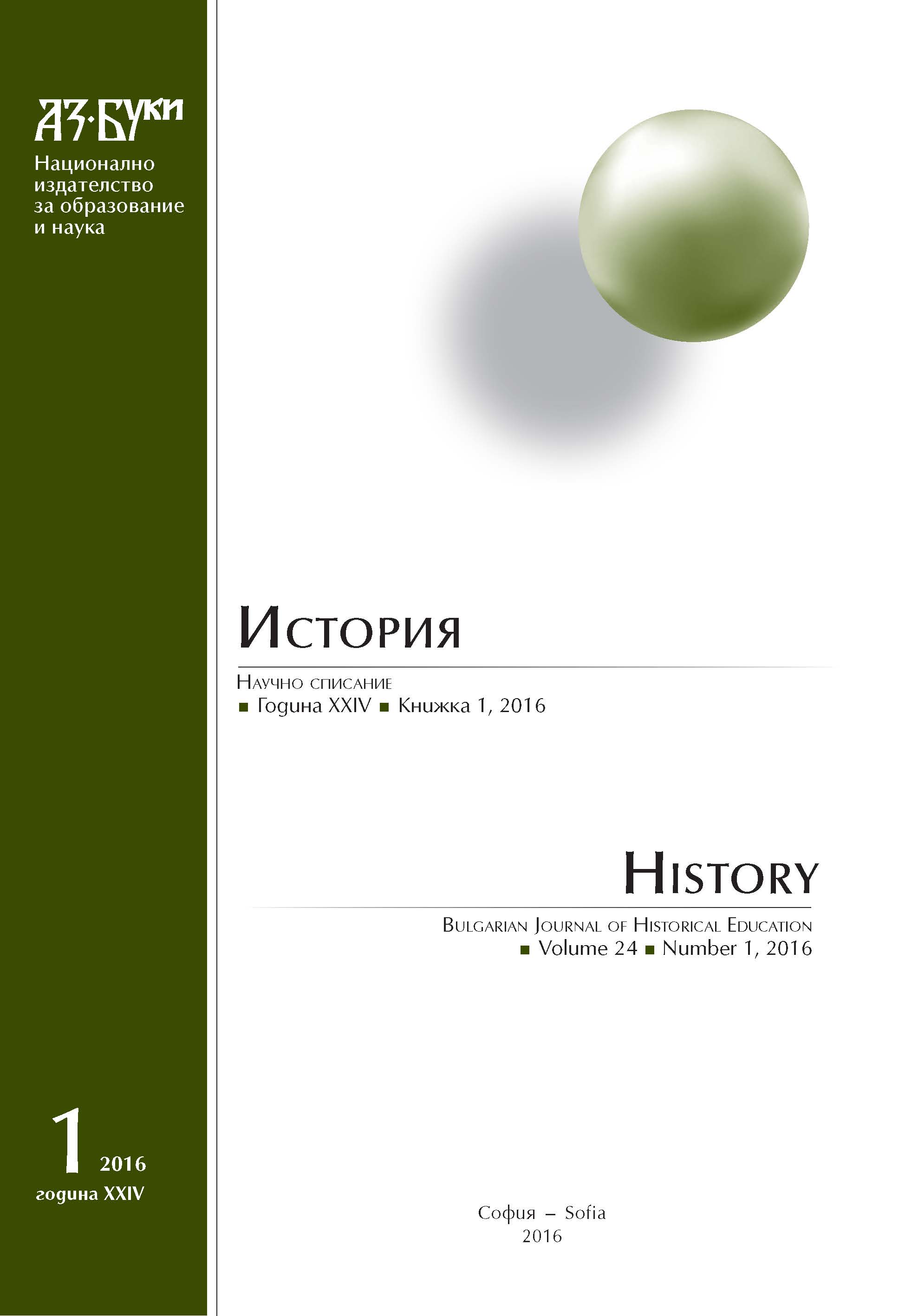
At the beginning of the 11th century, in the aftermath of the long rule of the Macedonian dynasty (867 – 1056), the Byzantine Empire was going through a political, cultural and economic upsurge. After winning victories over Bulgarians, Arabs, Georgians and Armenians the Empire extended its borders by consolidating many of its former territories. At that time city life in the Byzantine Empire was making headway at a scale unknown since late Antiquity. A century later some Norman adventurers, on pilgrimage to Monte Sant’ Angelo – Gargano, lent their swords in 1017 to the Lombard cities of Apulia against the Byzantines. From 1016 to 1030 the Normans were pure mercenaries, serving either Byzantine or Lombard. In the second half of 11th century their leaders joined in the organized attempt to wrest Apulia from the Byzantines, who had lost most of that province by 1040. Bari was captured by the Normans in April 1071, and Byzantine authority was finally terminated in Italy, five centuries after the conquest of Justinian I.
More...
The purpose of the current study is to examine Maurice’ Strategikon – its genre specifics and the way they affect the nature of the information regarding the state and social evolution of the various barbarous people scattered through the Eurasian Barbaricum. We will focus mainly on the differences and similarities in the images of the nomads – Turks and Avars, and the sedentary Sclavs, living both on the border regions of the Roman Empire. We shall distinguish the sustainable antique topoi form those specific and objective characteristics – resulting from the development of the Roman-Barbarian relations from the late fifth century, which formed the image of the other in the minds of the Romans through the Late Antiquity and the Early Middle Ages.
More...
For many centuries, the Volga Bulgarians maintained close economic, cultural and religious ties with Muslim countries and especially with the peoples of Central Asia. Traditionally, relations between them were good and clashes were rare. But after the Battle of the Kalka River (1223), Mongolians turned against Volga Bulgaria. The first attack was repulsed, but after a long fight, Volga Bulgaria was conquered in 1236 by the Mongols and ceased to exist as an independent state.
More...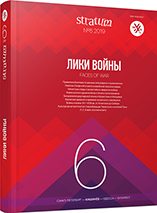
The first defense structure of Kalamita was a Byzantine fortress of 550—650: it protected the passage to the Heraclean Peninsula. Not earlier than 1422 and as late as the end of 1423, most likely in spring or summer of 1423, its early medieval debris was used for building a new fortification in its place. The new structure belonged to a ruler of Theodoro who started a war against Caffa. In October-November 1423, the defense structures of Kalamita were massively damaged by a 9-degree Yalta earthquake and restored in 1425—1427. In 1434, Kalamita was burnt down by a Genoese punitive expedition led by Carlo Lomellini. Further restoration works aimed to erect a stone wall to defend the suburb. The fortifications of the Theodoro fortress were substantially reconstructed within 1450—1475, with the support of the Genoese authorities. In 1475—1771, Kalamita belonged to the Ottomans, who at the end of the 16th century (the earliest), but, most likely in the 17th — early 18th century, added two new fortifications to the fortress: wallgang and glacis.
More...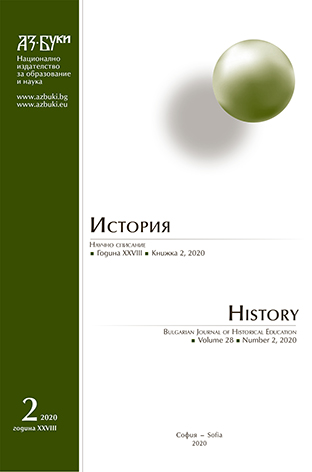
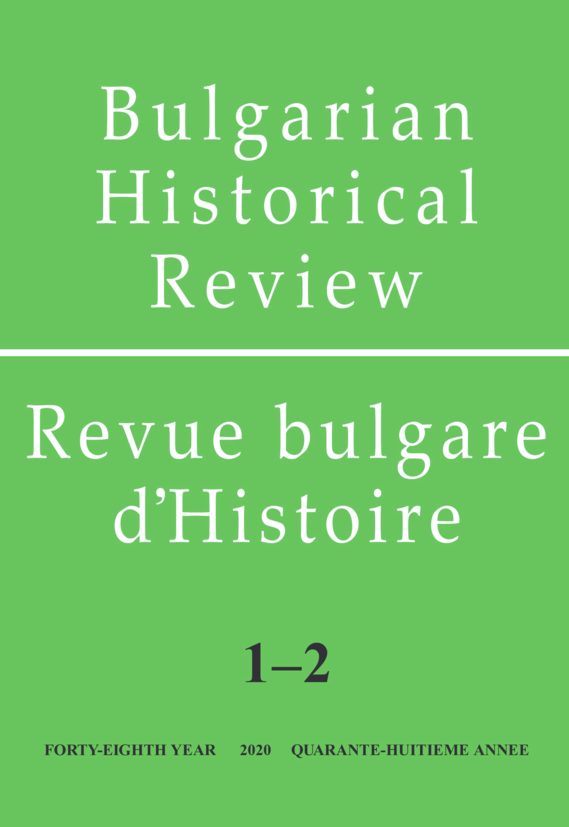
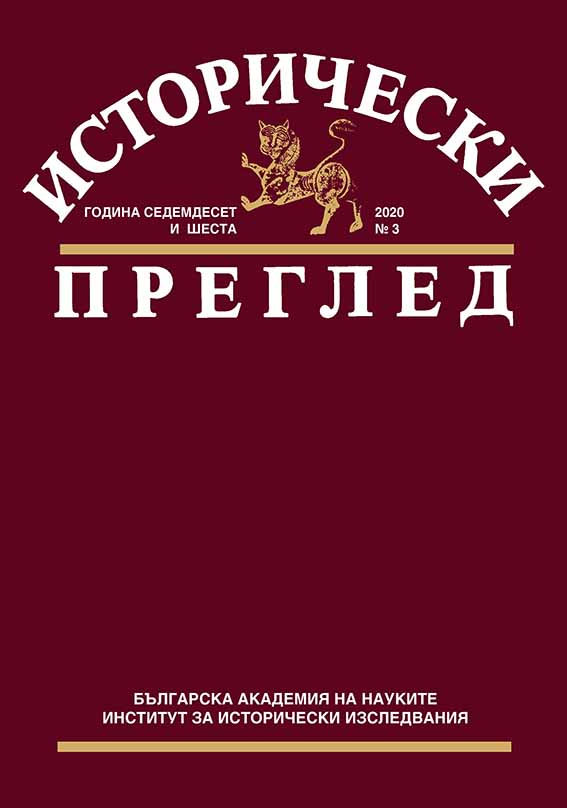
The two authors dwell on the much commented in recent years interesting medieval Fortress of Urvich near the village of Kokalyane in the vicinity of Sofia. According to the findings of the archaeological excavations, a fortification was built on the steep slope as early as the 4th–6th centuries to safeguard the important road. Abandoned in the time of the Barbarian invasions, it was reconstructed during the First Bulgarian Empire in the 10th–11th centuries. The fortification developed rapidly and flourished particularly during the Second Bulgarian Empire in the 12th–14th centuries. There are documents evidencing that Urvich was involved actively in the defence of Sofia against the Ottoman invasion and suffered the same unfortunate fate as the big city. The excavations show that in the 15th–17th centuries an important Christian monastery was founded on the ruins of the fortress; the monastery was burnt to ashes by the Ottomans during the Bulgarian uprisings inspired by the Austro-Turkish Wars in the late 17th – the first half of the 18th centuries. Information from various historical sources on the fate of the Urvich Fortress is gathered and analysed in this article. The earliest is a seal from the 11th century, belonging to the Byzantine aristocrat Nikolay Οὐρβίτζιον – the Greek spelling for the Bulgarian “Urvich”. Worthy of note is the rich Bulgarian folklore tradition, describing the resistance of the Bulgarians against the Ottoman invasion, where the Urvich Fortress is repeatedly mentioned. In this regard, it is mentioned also in the Slavo- Bulgarian History completed in 1762 by Paisius of Hilendar. A definite contribution of the two authors is the discovery that Urvich was mentioned as Oruitro in several Western European travelogues and road maps from the 17th and18th centuries. Their descriptions and designations make it clear that at that time the walls of the ancient fortress were preserved in good height, and that there was a “beautiful monastery” within the walls. This description corresponds and corroborates fully the data from the archaeological excavations.
More...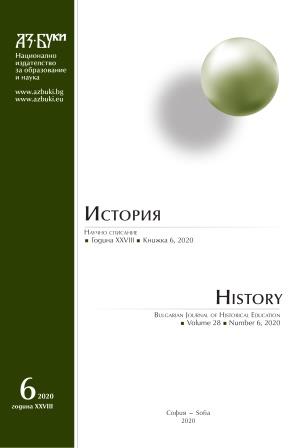
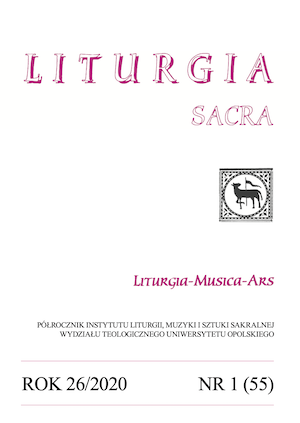
W początkach XX w. benedyktyńskie opactwo Maria Laach w Niemczech zaczęło ogrywać decydującą rolę w europejskim ruchu liturgicznym. Przyczynił się do tego długoletni opat (1913–1946) Ildefons Herwegen, który zachęcił mnichów do apostolatu i studiów liturgicznych. W opactwie kładziono nacisk na piękne sprawowanie liturgii, do której mnichów przygotowywały konferencje liturgiczne. Formacją liturgiczną objęto duchowieństwo, środowiska akademickie, młodzież oraz świeckich katolików. Prowadzono tam badania naukowe dotyczące historii i teologii liturgii. Szczególnym osiągnięciem była wypracowana przez Odo Casela teologia misteryjna. W opactwie przeprowadzono także eksperymenty liturgiczne, które stały się podstawą posoborowej reformy liturgicznej. Opactwo prowadziło także działalność wydawniczą. Najważniejsze wydawnictwa to czasopismo „Jahrbuch für Liturgiewissenschaft” oraz seria wydawnicza Ecclesia orans.
More...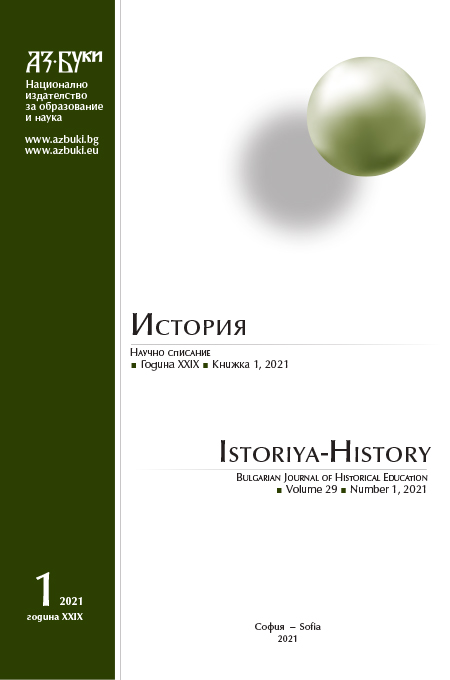
Planned as an expedition to liberate Jerusalem from the Muslims, the Fourth Crusade became a crushing weapon, destroying Byzantium and changing the fate of the Balkans. Its leader marquis Boniface of Montferrat was one of the people, who had the greatest influence in directing the pilgrims to Constantinople. Fulfilling his vassal duty to Philip of Swabia and pursuing his ambition to restore the lands and authority of his brothers in Byzantium, he set out for the East. A brave knight, an influential seigneur, an experienced military leader, but an unscrupulous and a cruel politician, he lost the “battle” for the imperial crown of Constantinople, but won Thessaloniki. There he set the beginning of a new crusader state, which covered the lands from the Rhodope Mountains to the Peloponnese peninsula. However, his eastern adventure ended tragically. Underestimating the force and the abilities of the Bulgarians, he lost his life in battle against them.
More...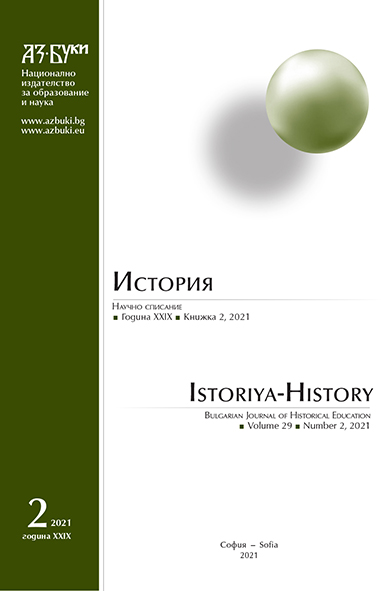
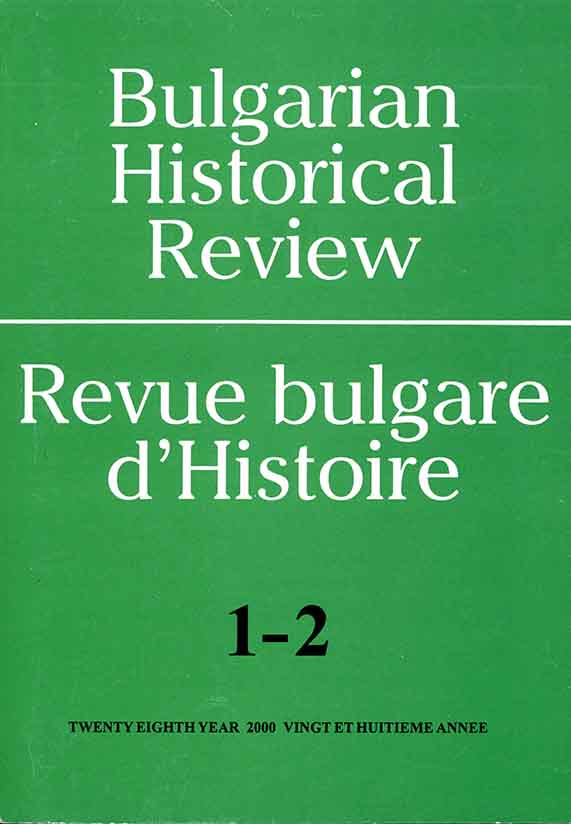
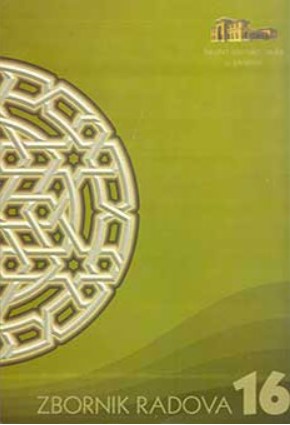
The paper deals with the origin and development of classical grammar school: Basra, Kufa and Baghdad. The cause of their creation is mistakes in speaking and reading of the Qur'anic text. All examples of these errors and biographies of the grammarians, with some minor modifications, are taken from the introduction to the work Dirasatun tatbiqijje fin-nahw ve-Sarf. The author of the work is Professor Abdu l-Semi 'Shaban, my professor at the undergraduate and postgraduate studies in Cairo. The paper presents translation of the introduction to this work. In this paper, we meet a number of clients who have studied Arabic grammar, so hence this science is often referred to as the science of clients or residents. The work is full of controversies between al-Kisa'i and al-Jezidi and between al-Muberrid and Sa'leba, and one of the sharpest controversies was conducted between Sibevejh and al-Kisa'i in the presence of the Caliph, and other officials in which al-Kisa'i was declared the winner. It was a political judgment. Kufa was closer to Baghdad, geographically and politically. The Grammarians of Kufa were closer to the court than the grammarians of Basra.
More...